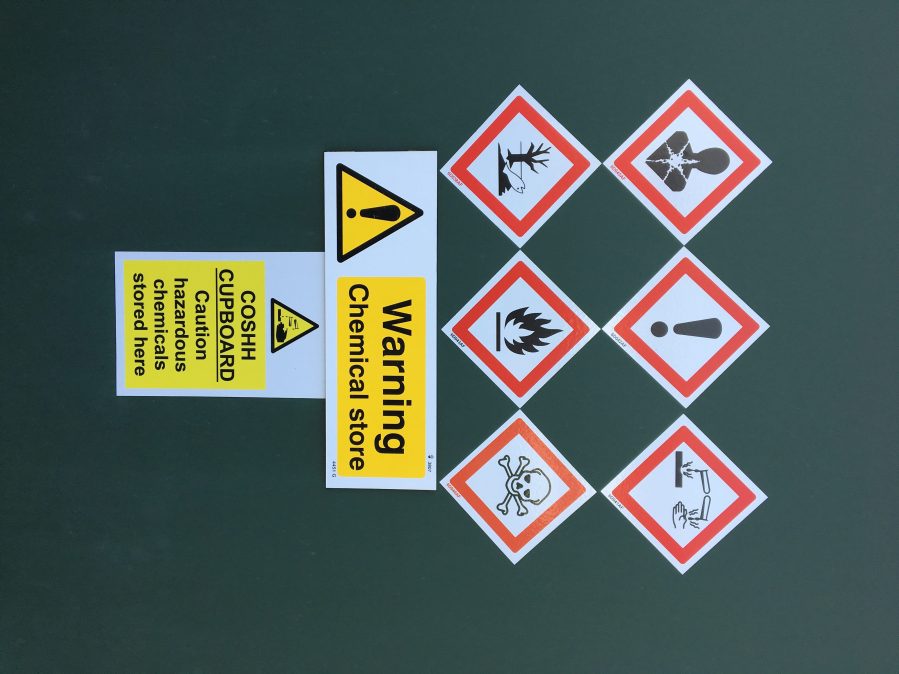The wine grape vineyard is often claimed to be one of the most intensive growing systems of a perennial crop in the UK, with green tissue and active growth typically occurring across seven months of the year.
Throughout this period the vines need constant protection and many growers might find themselves spraying around twenty times in a season, from a selection of over sixty approved products (I am sure there are more) for use in the UK. Add to this our jolly unpredictable maritime climate, and you suddenly start to run out of time in the day to get everything done.
With costs increasing for the grower from every angle, it is crucial to be running as efficient as possible in every aspect. This is often a shortfall when it comes to pesticide management and application; here are a few pointers to consider on your farm.
Staff
Sufficient training of staff is often the minimum we can get away with, go the extra mile and spend more time on staff training. The wine lab will often have a master user for the lab kit; do you have a master user for the spray store and spraying? Do your team share best ideas and techniques when it comes to sprayer operations? Are they all familiar with your risk assessment and emergency procedures?
Pesticide store
Guidance notes on spray store management can be found on the HSE website, and NRoSO members will have a good understanding of industry best practice from annual training events. In addition to this, engage good common sense about your spray store layout. I always refer to the coffee barista – they have everything they need within a couple of steps to make your perfect coffee. Design the interior of your store to be well laid out; shelving labelled and product within reach (for all sprayer operators), separated by type (herbicide, insecticide, fungicide) and powders above liquids.
Record keeping
HSE require a copy of your spray store inventory to be located in the spray store and in the farm office, for obvious reasons. How often do you check the stock in your store? We are losing approvals in agriculture at the fastest rate ever, with new products being approved (at a slightly slower rate) in most growing seasons. Don’t be caught with left over product, keep stock takes and hand these to your agronomist before the next spray plan is recommended. Agronomists can help use up leftover products, if we know you have them.
Filling and spraying
When preparing your spray mix for the sprayer, consider using multiple jugs of different sizes for easier measuring (powders, clear liquids, seaweed liquids, etc). If you have a certain product that you use throughout the season, assign a jug to that product if it makes it easier for you. Compatibility of products is really key in efficiency; cleaning out blocked filters is using up valuable spray time in the day. Check with your agronomist if a water conditioner is needed for your mix, ask what the best mixing order is for that specific spray round (and record it for other operators to know too!).




